Songam Art Museum (송암미술관)
2025-01-13
68, Biryu-daero 55beon-gil, Nam-gu, Incheon
+82-32-440-6770
With a scenic view overlooking the West Sea, Songam Art Museum is a French-style building located along the coastal road at the foot of Cheongnyangsan Mountain in Incheon.
The gallery was built to house a private collection of antiques collected by the late Chairman Lee Hoerim. The gallery, together with all its relics and real-estate, was later donated to Incheon Metropolitan City and introduced as Songam Art Museum.
Even before being donated, the gallery has been making contributions to the progress of research regarding the art and culture of Korea and China by displaying both Korean and Chinese antiques related to Korean culture. After its renovation and conversion into a museum, Songam Art Museum added a repository of Korean paintings and ceramic wares. Through continuous investment and research work, the museum is now a cultural space well-appreciated by citizens and tourists alike.
Gwangju History & Folk Museum (광주 역사민속박물관)
2020-07-08
48-25, Seoha-ro, Buk-gu, Gwangju
+82-62-613-5337
Gwangju History & Folk Museum opened in 1987 as the largest museum operated by a city government in Korea. It was established for the purpose of preserving valuable Korean folk relics and putting them on exhibit to increase the public's cultural awareness. The museum displays the rich and colorful lifestyles and folk culture of Korea's southwestern regions including Gwangju and Jeollanam-do.
First floor of the museum displays food, clothing, housing, livelihood, and handicrafts while the second floor showcases folk games, traditional customs and folk religions. The museum also utilizes miniature and diorama displays to recreate scenes from the past. A total of eight videotech systems in the museum allow visitors to enjoy vivid demonstrations of the region's nine intangible cultural relics.
Gyeonggi Provincial Museum (경기도박물관)
2021-08-18
6, Sanggal-ro, Giheung-gu, Yongin-si, Gyeonggi-do
+82-31-288-5300
Gyeonggi Provincial Museum was established for the purpose of inheriting and developing the history and traditional culture of Gyeonggi-do. It has actively engaged in various projects including historic research, relic excavation, management of the museum’s various collections, and promotion and organization of cultural events to educate the community of Gyeonggi-do's traditional culture.
The museum also promotes cultural exchange and global cooperation by organizing events and programs that cater to the public demands as a community service.
Memorial Hall & Birthplace of Oesol Choe Hyeon-bae (외솔 최현배선생 생가 기념관)
2021-01-19
15, Byeongyeong 12-gil, Jung-gu, Ulsan
+82-52-290-4828
Born in Ulsan, Oesol Choe Hyun-bae led the "Hangeul Matchumbeop Tongiran" (the Proposal for Unified Hangeul Orthography) and published many books in order to creatively promulgate Hangeul. Those activities contributed to the spread of Hangeul usage and the systematic approach to Hangeul.
Aeyangwon Church - Reverend Son Yangwon Martyr Memorial Hall) (애양원 - 손양원목사 순교기념관)
2025-03-22
70-62, Sandol-gil, Yeosu-si, Jeollanam-do
+82-61-682-9534
Located in Sinpung-ri, Yulchon-myeon, Yeosu-si, Jeollanam-do, Aeyangwon Church (Reverend Son Yangwon Martyr Memorial Hall) commemorates
Reverend Son Yangwon.
He began his religious activities and relief efforts at a group home for patients suffering from Hansen's Disease located in Aeyangwon Church, but he was
later detained at Yeosu Police Office because he refused to honor Japanese Shinto shrines in 1940.
The Memorial Hall's construction was completed on March 27, 1994 in order to commemorate Son Yangwon, who was shot and
killed by the North Korean army during the Korean War.
The exhibition hall on the first floor displays photos of Son, photos related to Christianity, keepsakes and calligraphy
artwork, and the exhibition hall on the second hall displays his prison writings and old books.
Seoul Museum of Art (SeMA) (서울시립 북서울미술관)
2024-03-18
1238, Dongil-ro, Nowon-gu, Seoul
The Seoul Museum of Art (SeMA) coexists with its local community. Located in Nowon-gu, an area name that is derived from the “Reed Hill” nearby, the museum is an open structure with its entrance connected to a park. In addition to outdoor sculpture exhibitions, it offers maze-like galleries, an art library, a cafe, and a multipurpose hall. These spaces host a variety of programs for families, which make up the majority of visitors to this museum.
Gyeongnam Art Museum (경남도립미술관)
2024-01-05
296, Yongji-ro, Uichang-gu, Changwon-si, Gyeongsangnam-do
+82-55-254-4600
Gyeongnam Art Museum, located in Uichang-gu, Changwon-si, Gyeongsangnam-do, opened on June 23, 2004. It consists of four floors above ground and one floor underground, functioning as an exhibition space for visitors and a place for academic research and education. In addition to large and small exhibitions for the general public, special exhibitions with hands-on activities are held for children as well. Moreover, sessions and seminars for professional artists are held to promote networking and communication with the aim of developing local culture and arts.
Samcheok Fishing Village Folk Museum (삼척 어촌민속전시관)
2022-07-22
1852-6, Samcheok-ro, Samcheok-si, Gangwon-do
+82-33-572-4429
Located inside of Haesindang Park, the Samcheok Fishing Village Folk Musuem features Korea's first giant video aquarium, along with exhibitions of cultural materials and archives related to the fishing villagers who settled by the East Sea.The museum overlooks the East Sea and uniquely formed rocks and stones.
Silla Arts and Science Museum (신라역사과학관)
2025-06-12
33 Hadonggongyechon-gil, Gyeongju-si, Gyeongsangbuk-do
+82-54-745-4998
Silla Arts and Science Museum, opened in 1988, displays miniature models of scientific cultural assets in order to explore and educate how these assets are formed and preserved.
Citrus Museum (감귤박물관)
2024-03-26
441 Hyodonsunhwan-ro, Seogwipo-si, Jeju-do
+82-64-760-6400
Citrus Museum is a themed museum dedicated to tangerines, a specialty of Jeju Island. It showcases the history of tangerines, their varieties, cultivation methods, and tangerine cultivation worldwide. Visitors can also purchase tangerine-related products at the Citrus Experience Center and Museum Shop. From November to February of the following year, visitors can experience tangerine harvesting. The café on the second floor offers various beverages made from tangerines.
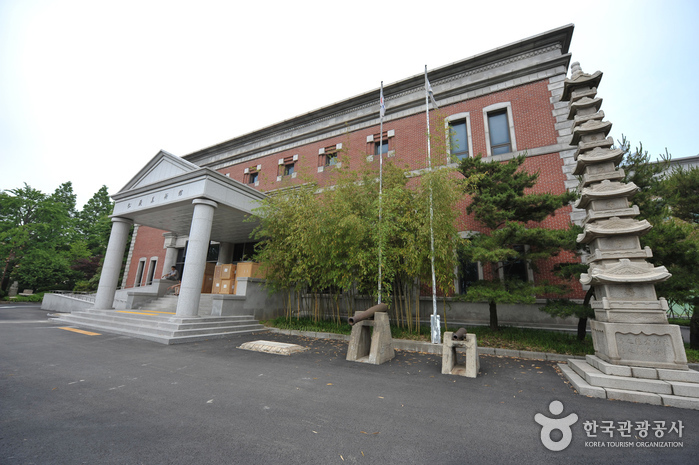
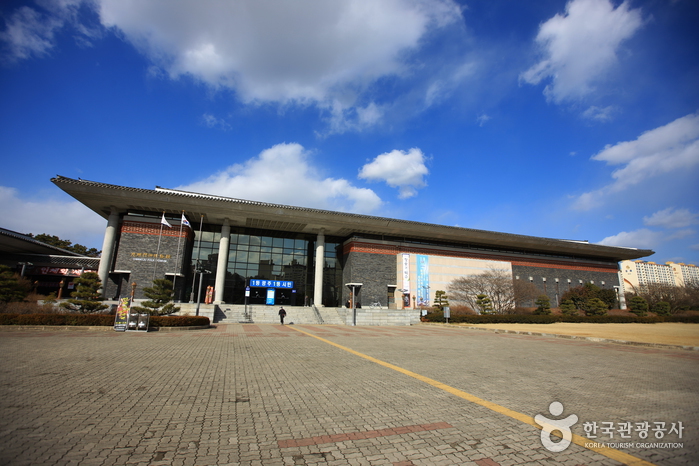
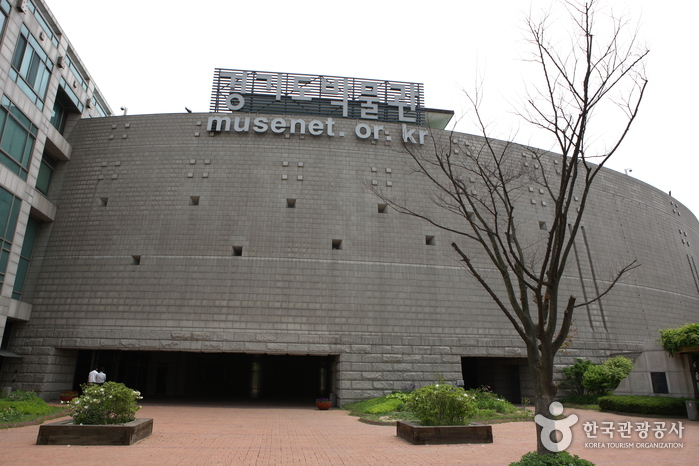
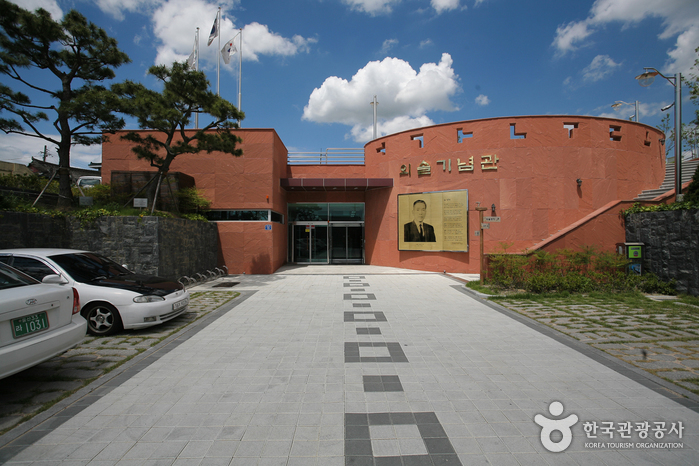
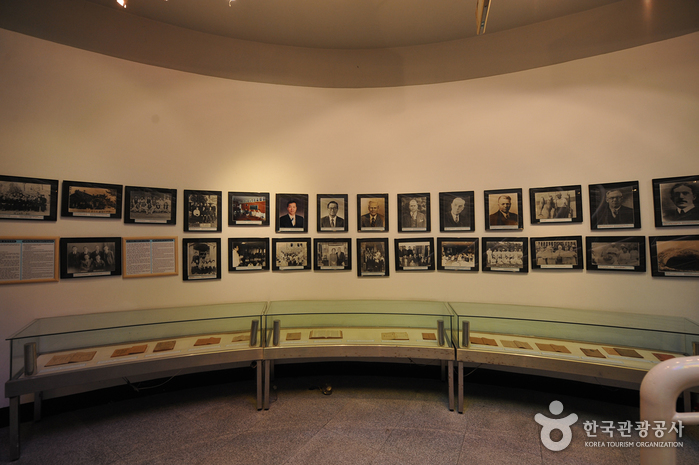
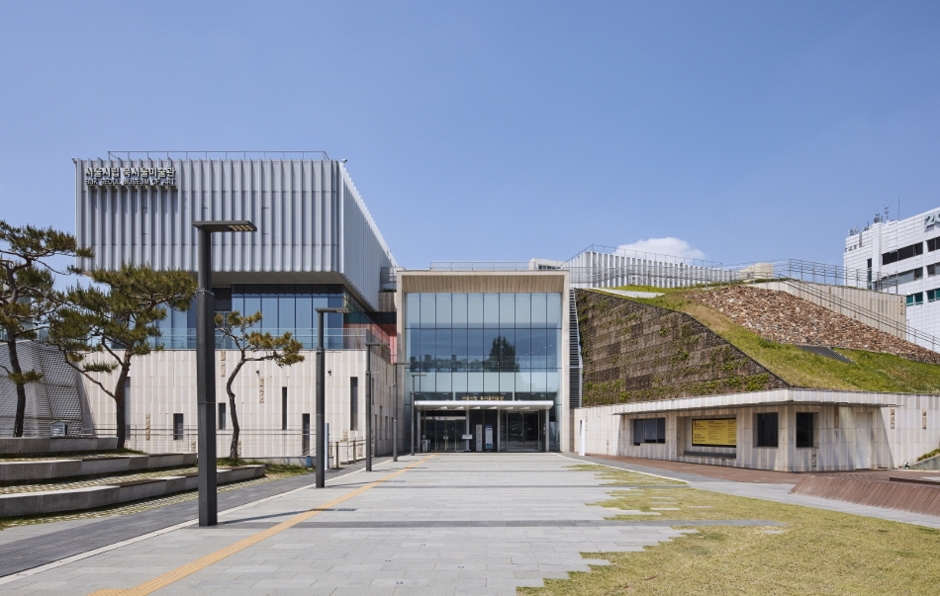

 English
English
 한국어
한국어 日本語
日本語 中文(简体)
中文(简体) Deutsch
Deutsch Français
Français Español
Español Русский
Русский